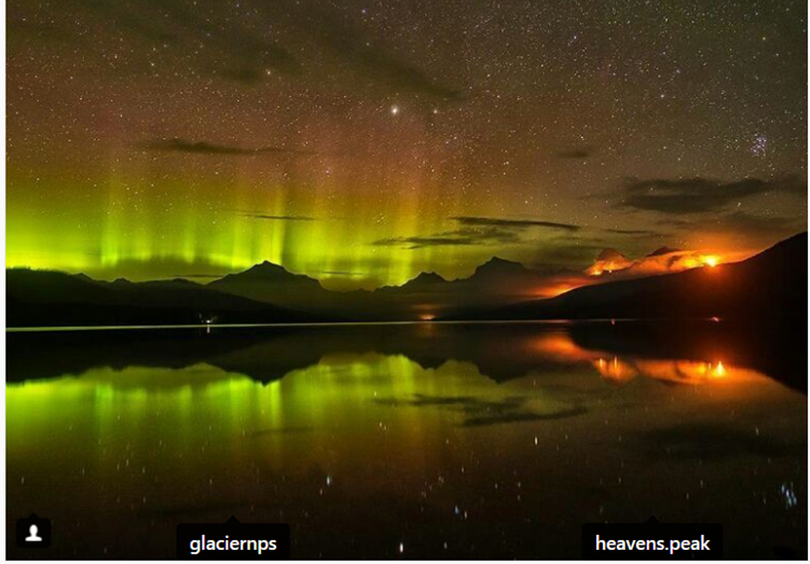Wildfires dictating where hikers, campers go throughout Northwest

WILD FIRES -- Hikers, camper and hunters planning backcountry trips have to be more than a little aware of the the fire situation that's plaguing the Northwest this month. I was packing for an extended trip in the Indian Heaven Wilderness near Mount Adams this week when the U.S. Forest Service posted a notice that the wilderness was closed to entry starting Sept. 3 because of the East Crater Fire that had already erupted to more than 1,000 acres. This closure impacts approximately 10 miles of the Pacific Crest Trail.
Had I left two days earlier than planned, I'd be one of the evacuees.
Cause of the fire is suspicious and under investigation.
Not that far away in the Columbia Gorge, a human-caused Eagle Creek Fire forced a tense backcountry evacuation of 140 hikers this weekend. The situation could have been deadly. Officials say the fire likely was caused by an idiot setting off fireworks.
Scanning InciWeb for fire statuses must be on every mountain traveler's list for pretrip planning.
Montana is under a red-flag warning. The Rice Ridge Fire out of Seeley Lake has blown up to more than 100,000 acres in the past two days to become a national priority fire. It’s been the worst fire season in Montana since 2012, with more than 1,273 square miles burned this year as of Sunday. And the danger is not over by any means. Across Montana this weekend, wind is fanning more than two dozen large wildfires burning in tinderbox conditions, with more than 90 percent of the Treasure State in drought.
Glacier National Park has closed a huge area and evacuated hikers from the north end of Lake McDonald to Logan Pass. Sperry Chalet has been lost to flames from the lightning-caused Sprague Fire and firefighters have rigged up sprinkler systems in hopes of saving iconic Lake McDonald Lodge.
The Jolly Mountain Fire is raging near Roslyn, Washington.
The lightning-caused Jack Creek Fire has forced the closure of the Enchantment Lakes area of the Alpine Lakes Wilderness, including backpackers with coveted permits to the controlled-access area.
The human-caused Diamond Creek Fire is raising hell in the Pasayten Wilderness.
Access to the east side of the Salmo-Priest Wilderness in northeastern Washington continues to be blocked by the North Fork Hughes Fire and Noisy Creek Fire.
Canada is no better off. Here's a report, for example, from Facebook today by Jim Brown:
Was in Fernie mountain biking and we got sent packing as they shut down Crown Land and all trails from just west of Kicking Horse to Alberta border to US border. The Moyie Lake fire had gone over the ridge heading down towards the west shore of lake. It had run quite a ways in a couple of days as it appeared quite a distance away Friday morning. RCMP had every road blocked off around the area.
Even Cycle Oregon, the annual road bicycling tour through the state, has been canceled as the small towns it supports deal with smoke and fires.
The 30th edition of the Cycle Oregon recreational bike ride has been canceled because of wildfires.
Cycle Oregon executive director Steve Schulz announced the news Thursday, citing fire danger and unhealthy, smoke-filled air. He said the event’s first-ever cancellation is a disappointment, but “sometimes the risks far outweigh the potential benefits.”
The annual event attracts about 2,000 riders and takes place in different part of the state.
This year’s ride had been scheduled to start Sept. 9 in Central Oregon and end there a week later. Riders would have covered 490 miles (789 kilometers), much of it in areas where firefighters are expected to be battling wildfires for the next several weeks.
What's particularly troubling is the high percentage of fires that have been human-caused. About 40 percent of the fires that have been fought in the past few weeks on the Idaho Panhandle National Forests have been human caused.
So the sky might be free of thunder clouds, but a backpacker still has to have a backup plan and a map for negotiating escape routes -- because you never know if an idiot is playing with fire in the next drainage.
Be careful out there.
